CLS Connecting the Sea Surface Salinity Network (SNO SSS)
- May 31, 2023
- Category: Flash info
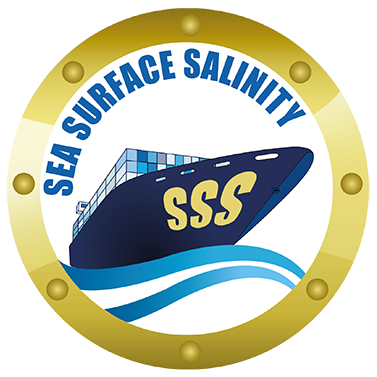
We met up with Gaël Alory, a lecturer and research scientist in ocean dynamics at the LEGOS space geophysics and oceanography research laboratory who is leading the SNO SSS program.
He details the objectives of this ocean-observing program for us, charts his career and explains the advantages of using CLS’s Iridium service, which has delivered a threefold reduction in his connectivity costs without compromising on quality, while offering the added assurance of close local support.
Can you tell us more about the SNO SSS program?
Sea surface salinity (SSS) affects ocean dynamics and carries the surface signature of the water cycle at the ocean-atmosphere interface. To better understand its variations, the SSS national observation service (SNO SSS) at the LEGOS laboratory in Toulouse, affiliated to the Midi-Pyrenees Observatory, manages a global network of volunteer observing ships fitted with thermosalinographs, started over 50 years ago in the tropical Pacific Ocean.
Today, this network consists of 13 ships of opportunity, mostly container ships fitted with salinity sensors, and a fleet of instrumented research vessels partnering the program.
We have 15 technicians, engineers, and research scientists working day to day in this network at strategically located laboratories around the globe. To maintain the instruments, our teams are operating out of Le Havre, other North Sea ports and in New Caledonia. We also have people working for us in ports in Australia and Denmark.
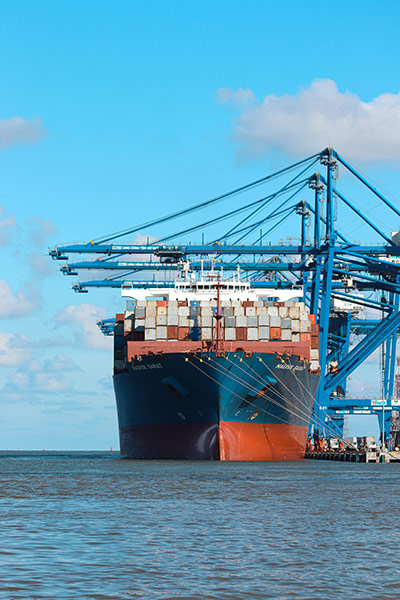
The ships are operating chiefly in the Western Tropical Pacific and North Atlantic oceans. Some also go as far as the Arctic and Antarctica.
Data collected are sent in real time to users to check that instruments are working correctly and to serve their main users: operational oceanography services.
After correcting them for instrument drift offline, data are also made available to the international scientific community to study regional and global ocean and climate processes, or to validate models and satellite data. This long data record has notably revealed an intensification of the water cycle due to climate change.
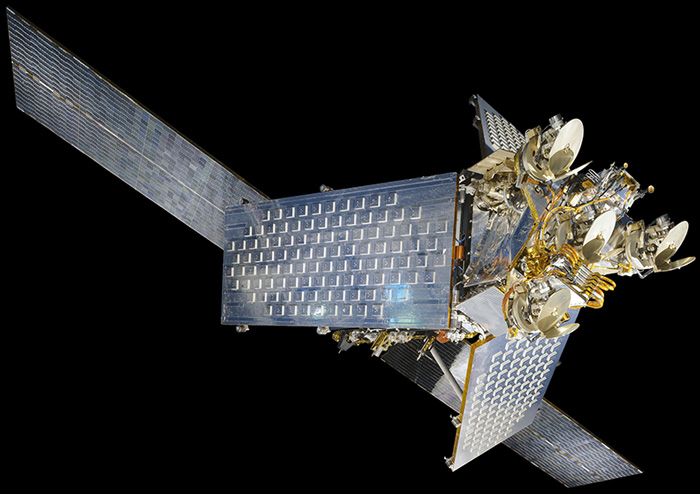
Why is connectivity important in your work? And why is real-time connectivity so vital?
Being able to connect our sensors is crucial, as it’s this connectivity that lets us collect and send data in real time to downstream operational oceanography services providing ocean weather forecasts vital to seafarers around the globe, as well as to the scientific community striving to gain new insights into our Earth.
This real-time connectivity also lets us keep an eye on our network to make sure it’s operating effectively. If data acquisition is interrupted, we’re alerted immediately and we can dispatch a team to perform first-level maintenance (which sometimes involves simply rebooting a computer or turning on a tap to restore the flow of water).
We can also plan more complex maintenance tasks when ships dock during stopovers.
Why did you decide to switch connectivity providers?
Mainly for cost reasons. We were previously using Inmarsat, which is an equivalent service, but our overseeing authorities had flagged up the high costs we were incurring.
The national weather service Meteo-France, which collects temperature data in similar fashion, had already made the same switch to achieve cost reductions.
With the Iridium services provided by CLS we’ve reduced our transmission costs threefold.
The other reasons for making the change were CLS’s proximity to our laboratory, with premises in Toulouse, whereas our previous providers were based in Mauritius. We found it more reassuring to have a provider close to us and able to respond more quickly in the event of a hitch.
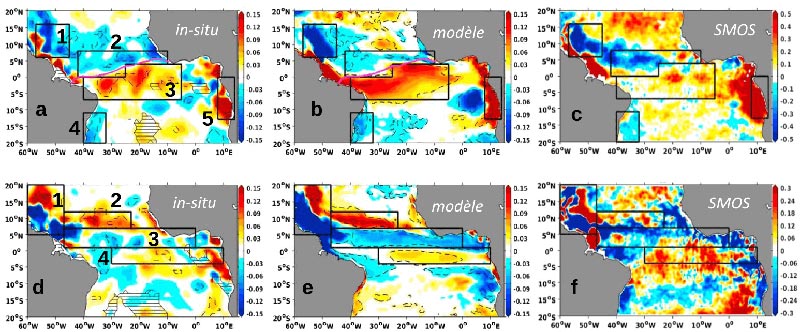
Who is Gaël Alory? Can you tell us more about yourself and your involvement in the SNO SSS program?
I’m leading the SNO SSS program, which started at the IRD development research institute in New Caledonia, where I did my PhD working alongside the research scientists who initiated the program and handed me the reins a few years later.
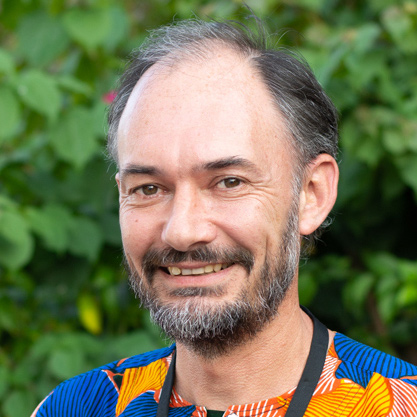
I’m a research scientist at LEGOS in Toulouse, France, studying ocean circulation and climate variability using in-situ and satellite observations, and numerical models.
My work focuses mainly on understanding the dynamics of the Tropical Atlantic and how they evolve over time.
I’ve helped to advance our understanding of the ocean’s role in the climate system, including how it affects atmospheric circulation. In recent years, I’ve worked on upwelling of deep coastal waters in the Gulf of Guinea, which are strategic to local ecosystems and on which science and conservation decisions depend to preserve species and fisheries in West Africa. We’re working to understand seasonal changes in these upwelling phenomena.
Editor’s Note: Gaël Alory has worked during his career for the IRD development research institute, the University of New Caledonia, the Pacific Community (PC), the Commonwealth Scientific and Industrial Research Organization (CSIRO, Australia), and since 2008 for the International Chair in Mathematical Physics and Applications (ICMPA, Benin). Gaël Alory is a research scientist at the LEGOS space geophysics and oceanography research laboratory and teaches at the universities of Toulouse, Benin, Togo and Cape Verde.
Gaël Alory has published many scientific articles during the course of his career. He also contributes to international research partnerships and has taken part in several expeditions collecting in-situ ocean observations. Gaël Alory is an accomplished and distinguished scientist in the field of oceanography and climate.
